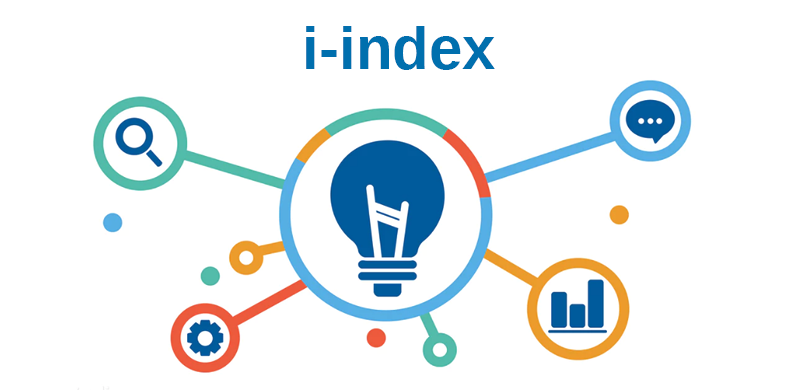Relecura’s i-index aims to provide inventors with an objective measure of the impact of the patents they hold. The i-index provides a composite score that incorporates both the quantity and quality of the patents.
What the i-index is
The formulation of the i-index borrows from the methodology used to calculate the h-index, employed by academicians to measure the impact of their published research. In the case of the h-index, impact is correlated to the number of citations the publication gets. In similar fashion, patent citations are used as a proxy to measure the forward impact of an inventor’s patents.
In the calculation of the i-index, patent applications that have not been granted count as less than one document thus taking into consideration the stage of the patent filing. Self-citations both by the inventor, the patent assignee or a combination of the two – are appropriately discounted and are considered as partial citations. In this manner we have tweaked the calculation of the h-index and adapted it for patent documents.
Given the above and along similar lines as the h-index – an i-index of say 17.25 can be interpreted to indicate that the individual holds “… at least 17 patents with at least 17 forward citations each”.
What the i-index is not
The i-index is not a score out of a fixed maximum scale.
The i-index can never be greater than the total number of patents filed by an inventor.
The value of the i-index is not fixed with time but grows based on the number of patents an inventor files for and gets granted and the number of citations (both the number and type – self-cites or otherwise) each one of them garners. In this sense it is an evolutionary metric that can track the trajectory of the inventor’s impact over time.
This also implies that the i-index will vary based on the time period for which it is calculated. For instance the i-index for an inventor’s last few years of patent activity might vary from his or her’s overall i-index.
Using the i-index for comparison or benchmarking
Comparisons of i-index values for inventors with patent filings addressing similar technologies and over roughly the same time period work best. The comparison will also be more relevant if the mix of patent jurisdictions are more or less the same for the two sets of patent applications for each of the inventors.
This is because the pace of change in individual sectors and the number of patents filed in each, in different jurisdictions and during different time periods vary greatly. This has a downstream effect on the patent citations as well. A combination of these factors impact the calculation of the i-index.
Comparisons between inventors belonging to different eras should be avoided. Working with patent documents from the pre-digital era is tricky. The completeness of the patent data in terms of tracking the patents held and the citation data is sometimes spotty.
In spite of the above caveats, the i-index is useful in that it quantifies the impact of an inventor’s contributions and provides a means to compare and benchmark the same.










